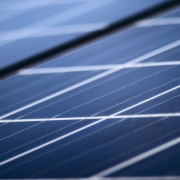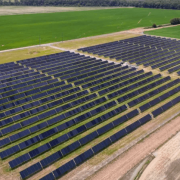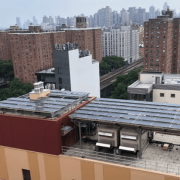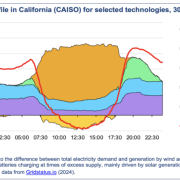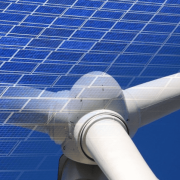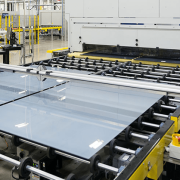Smart Solar Billing is set to begin in Illinois on January 1, 2025, and solar industry partners have launched a new webpage for consumers and companies to learn everything they need to know about the new billing system. Solar customers and businesses can visit the Solar Powers Illinois website to learn more about the changes to net metering and the new Smart Solar Billing system that will change the way residential solar and storage owners are reimbursed for the energy they sell back to their utilities.
Current residential solar and storage customers will be considered “legacy” customers and will continue to receive the same net metering benefits throughout the lifetime of their systems. Current Ameren customers are also able to expand their system by 100% and retain the “legacy” Net Metering benefit for the lifetime of the system expansion.
Click here to read the full article
Source: Solar Power World
—
If you have any questions or thoughts about the topic, feel free to contact us here or leave a comment below.

